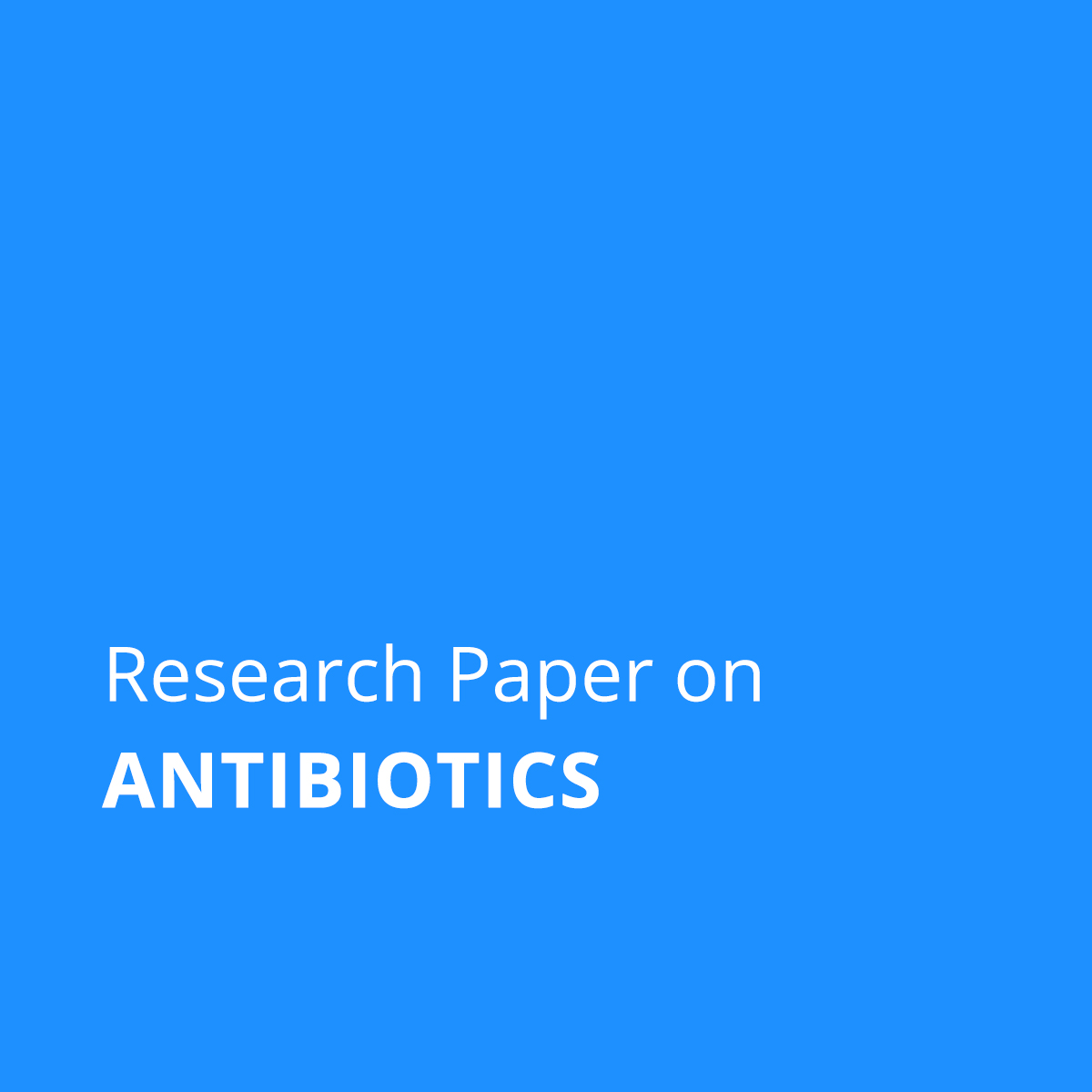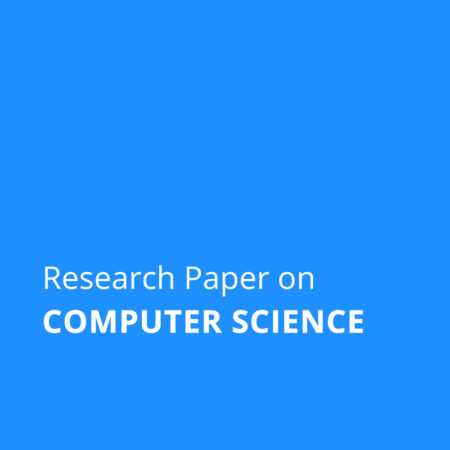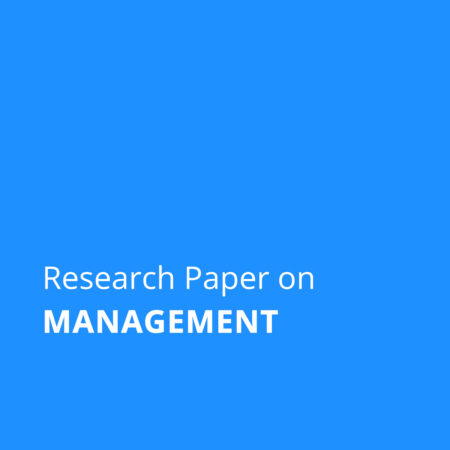Description
Title: Pediococcus pentosaceus-Derived Biosurfactant: Functional and Structural Characterization and Biomedical Potential Against Bacterial Adhesion, Quorum Sensing, and Biofilm Formation
Abstract: Biosurfactants are microbially produced, surface-active molecules that serve as natural surfactant substitutes and have a variety of uses. They have recently been identified as potential therapeutic and commercially important agents due to their environmental friendliness, biocompatibility, iodegradability, effectiveness to work under various environmental conditions, and non-toxic nature. Numerous probiotic lactic acid bacteria (LAB) produce a biosurfactant that has numerous uses in a variety of industries. In vitro testing of natural biosurfactants derived from probiotic LAB for their ability to prevent or disrupt the development of biofilms is thus a viable strategy that may result in the discovery of novel antimicrobials. This research primarily aims to isolate, screen, and characterize the biosurfactant produced by probiotic LAB’s functional and biomedical potential. Pentosavirus Pediococcus (P. pentosaceus). Evaluation of the critical micelle concentration (CMC), a decrease in surface tension, and the emulsification index (% EI24) are all parts of characterization. Cell-bound biosurfactants were evaluated for their antibacterial, antibiofilm, anti-QS, and anti-adhesive properties against various human pathogenic bacteria (B. subtilis, P. aeruginosa, S. aureus, and E. coli). Exopolysaccharide (EPS) production, bacterial cell damage, and cell viability within the biofilm were all assessed as well. Because of this, it was discovered that P. pentosaceus produced 4.75 0.17 g/L of biosurfactant with a CMC of 2.4 0.68 g/L, lowering surface tension from 71.11 1.12 mN/m to 38.18 0.58 mN/m. All of the bacterial pathogens that were tested were found to be susceptible to P. pentosaceus cells bound to the crude biosurfactant. By impairing the viability and integrity of bacterial cells within biofilms and lowering the overall EPS content, it demonstrated an anti-adhesion ability and hindered the architecture of the biofilm matrix. Additionally, GC-MS analysis of the crude biosurfactant derived from P. pentosaceus structurally identified it as a lipoprotein, confirming the presence of lipids and proteins. As a result, our results demonstrate for the first time the potent anti-adhesion and antibiofilm potential of P. pentosaceus crude biosurfactant, which may be investigated further as a substitute for antibiotics or toxic antibiofilm agents created through chemical synthesis.
Keywords: biosurfactants; Pediococcus pentosaceus; antibiofilm; anti-adhesion; antimicrobial; probiotic; lactic acid bacteria; quorum sensing
Paper Quality: SCOPUS / Web of Science Level Research Paper
Subject: Antibiotics
Writer Experience: 20+ Years
Plagiarism Report: Turnitin Plagiarism Report will be less than 10%
Restriction: Only one author may purchase a single paper. The paper will then indicate that it is out of stock.
What will I get after the purchase?
A turnitin plagiarism report of less than 10% in a pdf file and a full research paper in a word document.
In case you have any questions related to this research paper, please feel free to call/ WhatsApp on +919726999915



Reviews
There are no reviews yet.